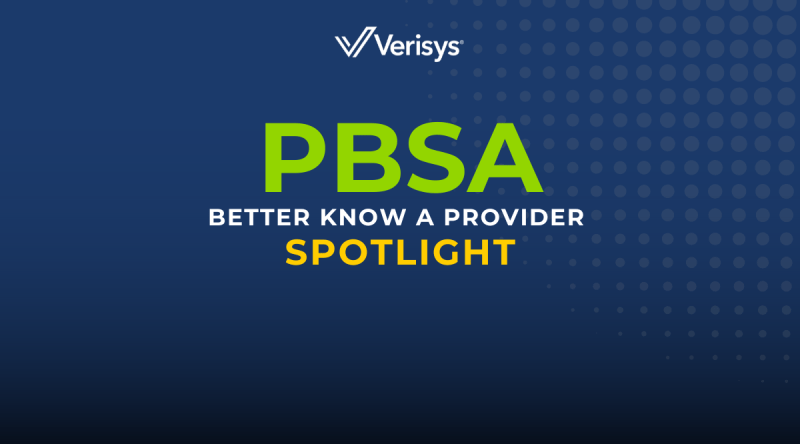– The best resource for monthly healthcare regulatory compliance updates. Compliance Updates: April 2024 Overlook: Licensure Compacts Other Legislation Board Updates Interstate Medical...


Better Know a Provider – United States
Originally prepared for and published by PBSA in the Nov-Dec 2023 edition of the Journal. Read the full issue here: https://thepbsa.org/
The Provider Advisory Group of the U.S. Council is focused on broadening the understanding of the Provider Community and highlighting both the well-known, as well as the unknown, aspects of our work in support of Consumer Reporting Agencies (CRAs) and the customers they serve. Through a volunteer process, we select individuals to interview representing various provider disciplines. In this installment, we interview Craig Caddell, VP Strategic Accounts, Background Screening, Verisys.
There are thousands of U.S. federal and state primary sources of potentially adverse and pointer data on healthcare providers but no single public repository.
There are thousands of U.S. federal and state primary sources of potentially adverse and pointer data on healthcare providers but no single public repository. Like national criminal data providers that stitch together a crazy quilt covering all jurisdictions, providers of healthcare sanctions data collect and aggregate millions of records to ensure nationwide coverage that allows background screeners to readily search for potentially adverse data on healthcare providers. What is not well known is that there are sources of information that can act as leading indicators of potential action. Healthcare organizations find this kind of proactive reporting a valuable tool for managing risk.
Another important reason for conducting sanctions screening is what is known as the reciprocity clause: If an entity or individual is excluded from one federal program, they are excluded from all federal programs. This places a burden on healthcare employers receiving federal assistance dollars to ensure they are not employing, engaging, affiliating, contracting, privileging or doing business with anyone who has been excluded or debarred. Minimal searches will not ensure that all those bases have been covered.
There is a movement among background screeners serving healthcare entities to offer ongoing monitoring services. This has the advantage of extending the screener’s relationship with the client beyond transactional pre-hire screening. Tracking credentials expiration dates and status, as well as monitoring for adverse information is a source of high margin recurring revenue. It is also the most effective means of mitigating client risk post-hire since things can change after the initial screening is completed.
Healthcare sanctions providers and the platforms with which they are integrated are adapting to the demand for monitoring with improved APIs, roster management tools, automatic post-verification enrollment and pricing that meets the market demand.
In the not-too-distant future, background screeners should start to see static, reportable data unique to healthcare reliably linked to a provider’s identity, coupled with fresh dynamic data delivered instantaneously or in greatly reduced turnaround times.
Compliance in healthcare is complicated. Accurately communicating the nuances is highly case dependent and the penalties for non-compliance are not insignificant. Therefore, it is imperative that background screeners develop the expertise and resources necessary to consult wisely with their healthcare customers. This is especially true for sales and operations people who are promising and delivering services.
Example: a CRA should know the differences between minimally required sanctions searches, what is highly recommended by the major governing bodies, and what is recommended by the major governing bodies, and what is required for licensed providers relative to a customer’s use case. Providers are here to help background screeners navigate complexities such as this.
Verisys has a very strong culture of collaboration and care. The lengths to which people within the company go to help each other is extraordinary. Whether it is working together to communicate precisely how a product delivers results so we can answer a customer’s question, or making sure a colleague can take time to care for their family, we are there for each other. That internal culture is what informs the way we care for our customers as well. Many of our customer relationships go back decades and we don’t take that for granted.
By being knowledgeable consultants on how best to mitigate these risks, background screeners can make a valuable contribution to a better healthcare environment.
Bad things happen in healthcare when corners are cut. Providers who have done terrible things find ways to skirt the system which can endanger patients, defraud the government and lead to financial and reputational losses that drive up the cost of healthcare for all of us. By being knowledgeable consultants on how best to mitigate these risks, background screeners can make a valuable contribution to a better healthcare environment. Please work with your healthcare data providers to understand the fine points so you can offer the best solutions possible. It’s not just data; it’s people’s lives and livelihoods at stake.